
Developer: DO MY BEST
Publisher: tinyBuild
Platform: PS5, PS4, PC, Xbox Series X/S, Xbox One
Tested on: PC
The Bookwalker: Thief of Tales – Review
If you’re a fan of fiction, you have undoubtedly thought it would be fun to be able to dive into your favorite stories. But in the world of The Bookwalker: Thief of Tales, this grim reality is a whole corporate business on its own. DO MY BEST has proven in the past that as an indie developer, they know how to strike a good balance between storytelling and engaging gameplay. And this newest title does not disappoint.
Story
The Bookwalker is set in a sort of dystopian world that feels simultaneously old-fashioned and highly advanced with its technology. Writers are able to be punished by the government and can be put under a sort of writer’s block where they’re not allowed to publish their works. One such writer is the main character: Etienne Quist. Etienne has been arrested for mysterious crimes and is forbidden to write for thirty years. This is, of course, something he’s not very happy about. That is until he’s approached by a mysterious organization. They promise to get rid of Etienne’s sentence and all he has to do in return is use their device to travel into books and steal the priceless artifacts from the stories. Simple, right? Together with a mysterious character named Rodrick, who is able to read the books while Etienne is inside them, you set out on these heists.
The game does an excellent job of revealing information about the world and the interesting magic elements very gradually. You don’t feel overwhelmed by having all the answers dumped on you at once, but you’re also not left confused all the time. Optional notes, dialogue, and exploration mean there’s a lot of world-building to dig into if you want, though the plot itself is rather straightforward.
Graphics
The Bookwalker switches between first-person and third-person depending on what world you’re in. Outside of the books, you walk around in a regular first-person point of view with the environments being largely realistic in appearance. Then you dive into a book and suddenly you’re looking at the game in an isometric third-person view. The world inside the book has more stylized animation and plays with the lighting and perspective a lot. It’s a clever touch to really enhance the difference between the two worlds as you switch between them. The game looks great overall, with a unique and characteristic art style.
Sound
In terms of music, The Bookwalker does not exactly blow us away. There’s not a great amount of actual soundtrack, as the game is mostly filled with ambient noises and sound effects. They do add to the atmosphere and feel well-chosen, it just makes the game feel a little hollow in the long run. The music that is there is excellent though. The game has no voice acting. When the characters talk they just make a sort of grunting sound and the subtitles show what they are saying.
Gameplay
The Bookwalker: Thief of Tales is an immersive puzzle-action game that has small sections of combat. During the segments in the real world, the game plays like a regular first-person adventure game with very limited gameplay. You basically just walk around and interact with items to pick them up. The real fun starts once you go into the fictional world of a book. There, the game transforms into a point-and-click adventure game. You have an inventory of quest items, healing items, and crafting items. You can use those last ones on a workbench to make new tools.
All the dialogue and also specific interactions with the environment play out more like a narrative text-based game where you get multiple choices. This way, there are multiple roads you can take to get to the same goal. The result is that the game does suffer from that feeling that your choices don’t truly matter and are only there to give you a fake sense of control. In the end, you always get the same result more or less. Items you pick up in the real world travel with you to the fictional world, which is a clever touch that adds some depth. Within the books you visit, you can also encounter enemies. The turn-based combat is pretty simple and doesn’t last more than a couple of minutes.
Your main resource within the book world is ink. You can use this during fights to attack, but also to slightly alter the world around you during puzzles, since you’re not a fictional character yourself. This opens the game up to some fun, interesting mechanics that change between the books you visit. Overall, the game is very good at never getting repetitive. Your companion Rodrick is always at your side and will gladly give you tips if you get stuck, which is a nice asset to have.
Conclusion
The Bookwalker: Thief of Tales accomplishes a good blend between puzzle-solving, combat, and exploration. The world and its characters are interesting and keep you engaged from start to finish, but it’s the fun mechanics of being a bookwalker that will keep you coming back for more. Plus, there’s a lot of optional content to explore, which is always a nice bonus.

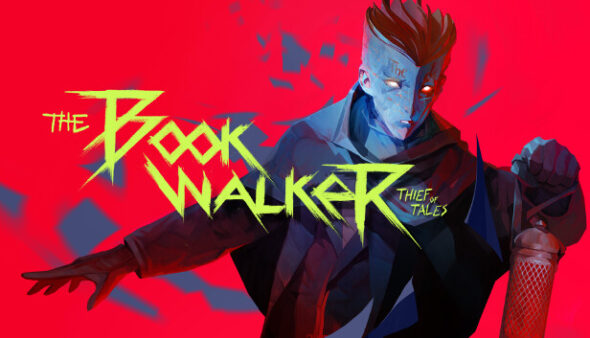
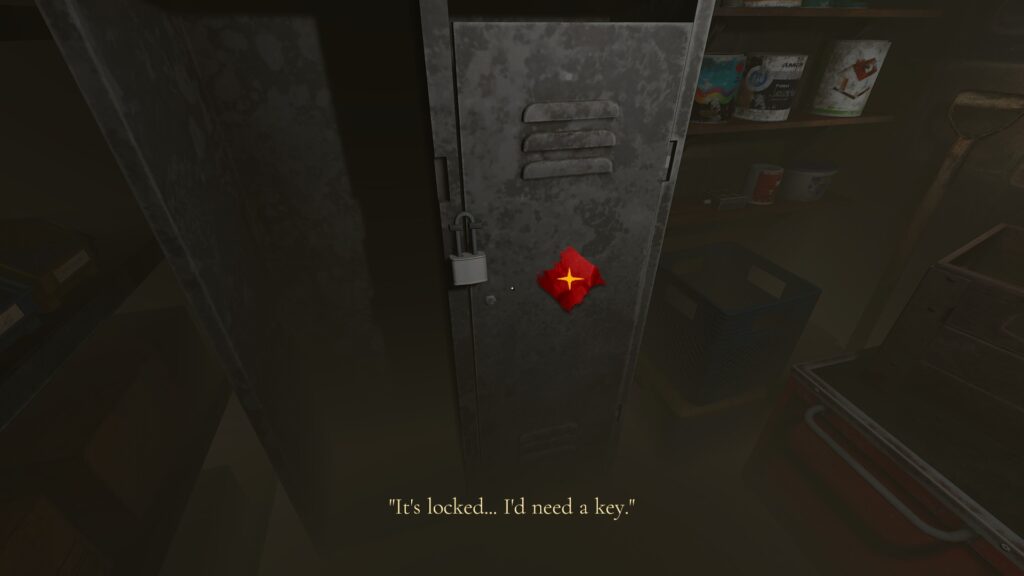
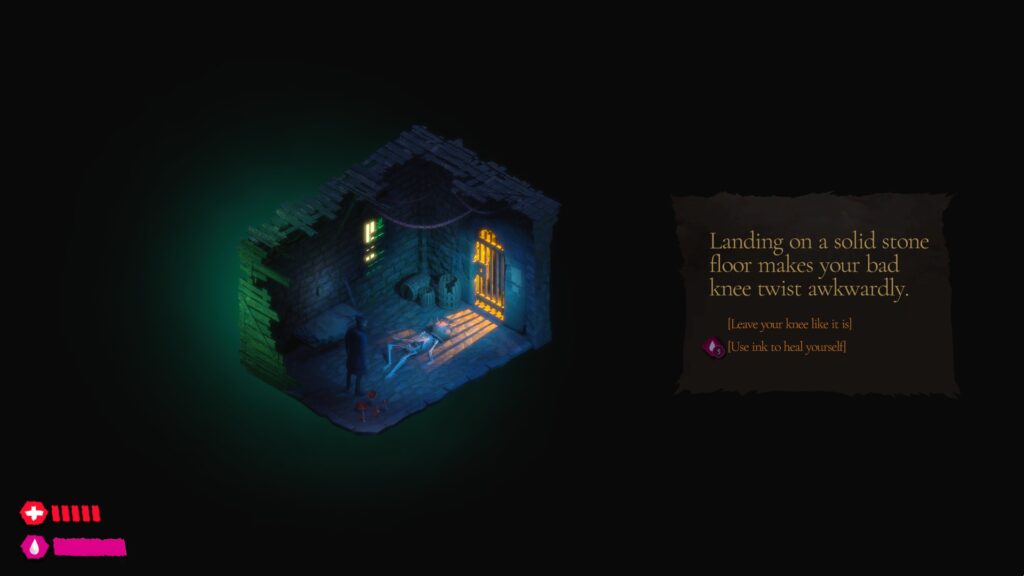
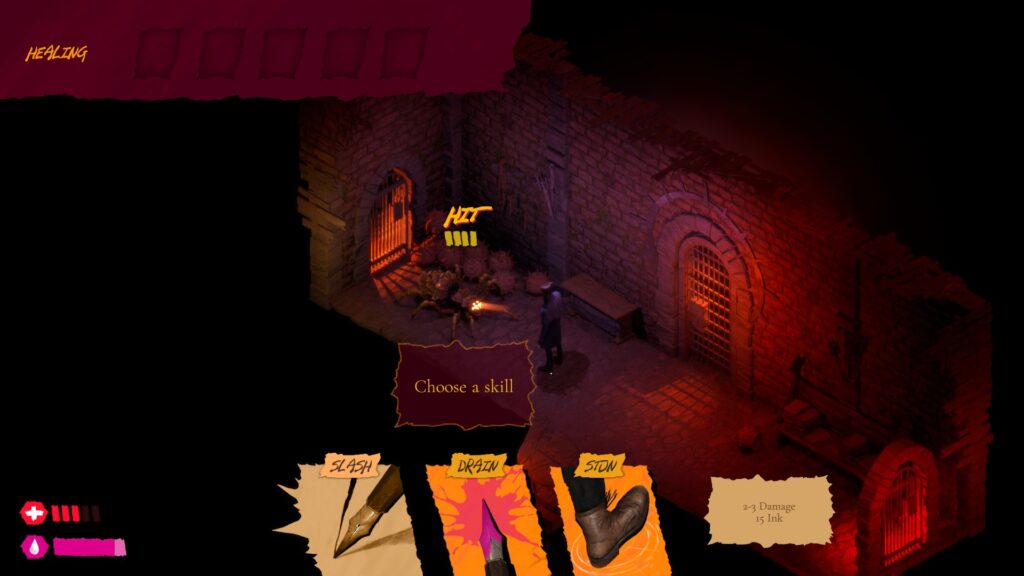
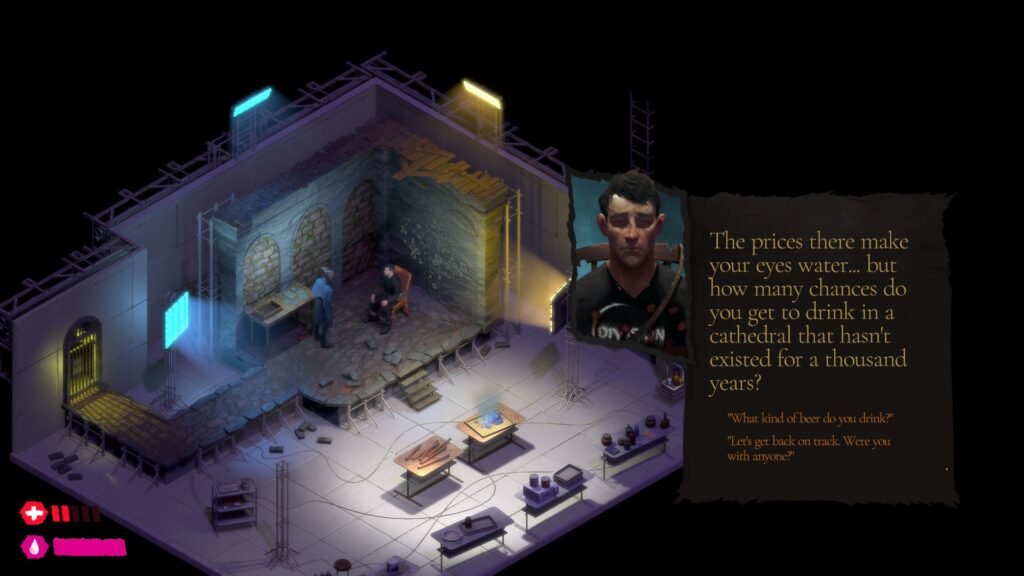




No Comments